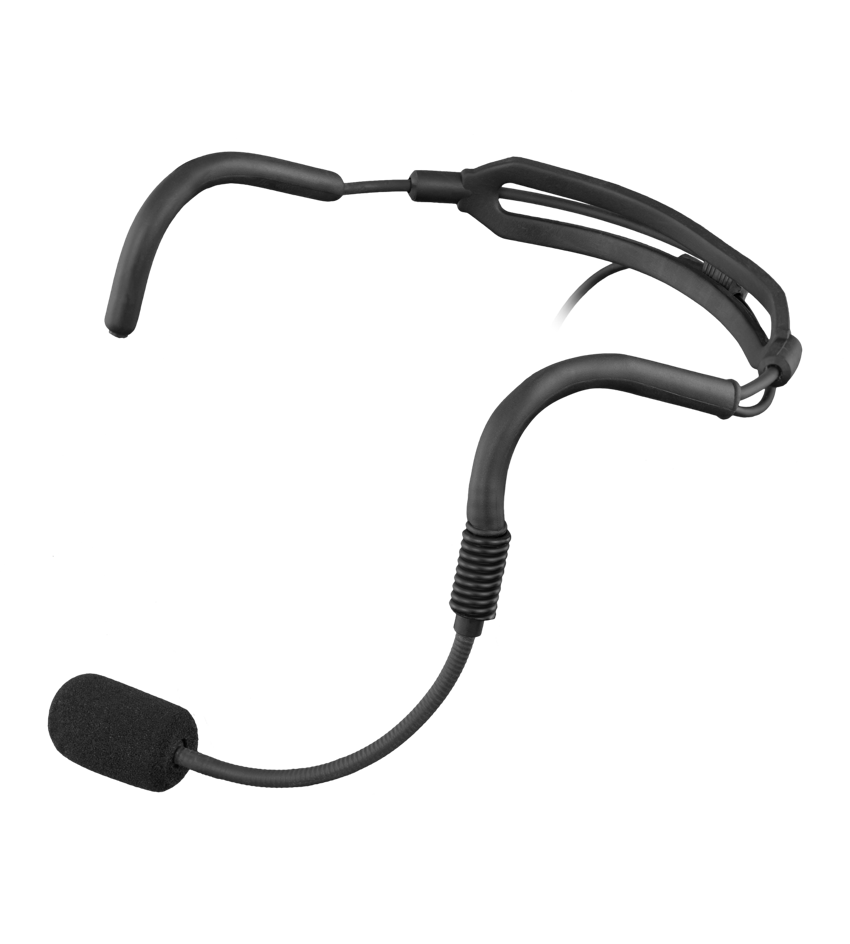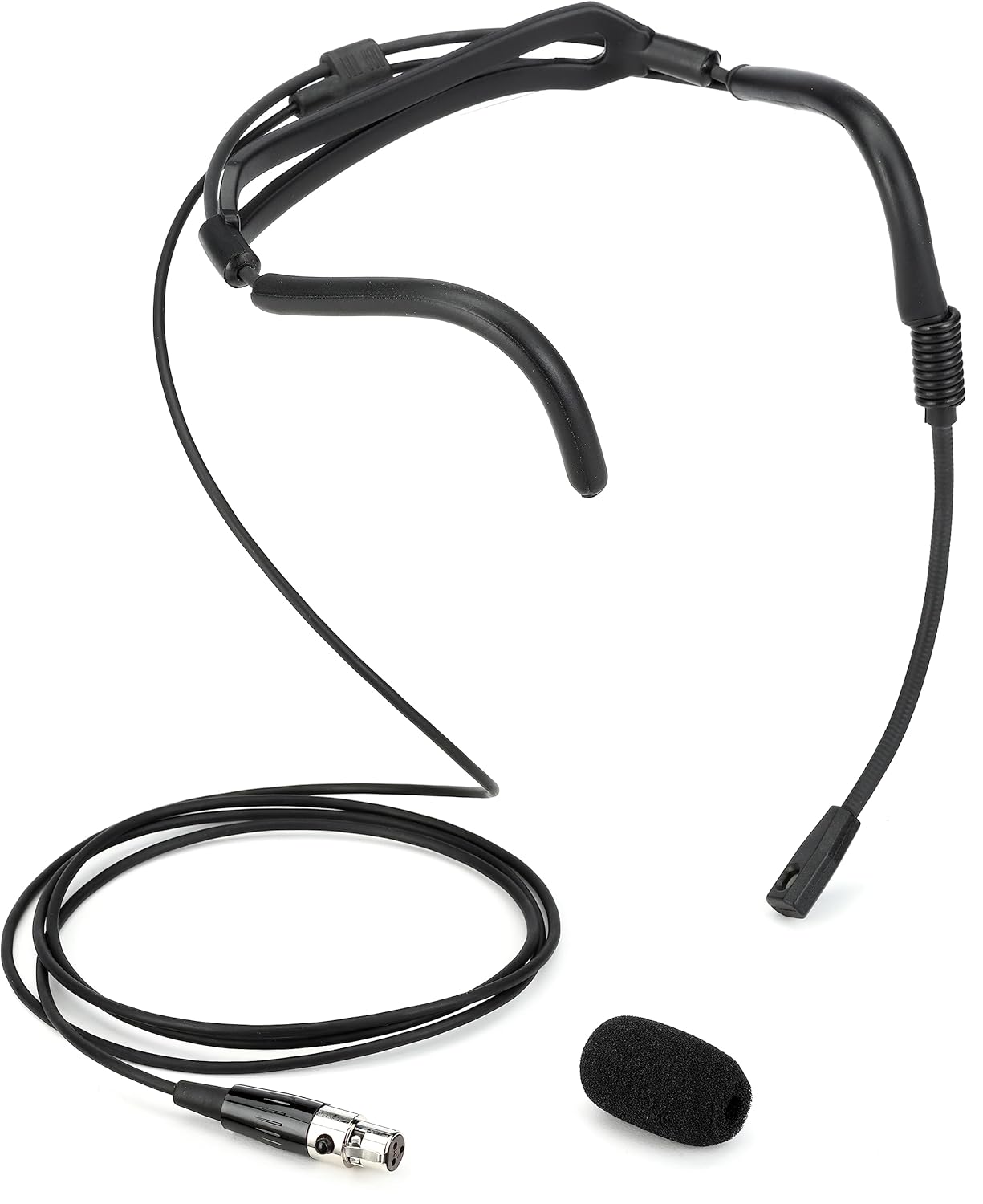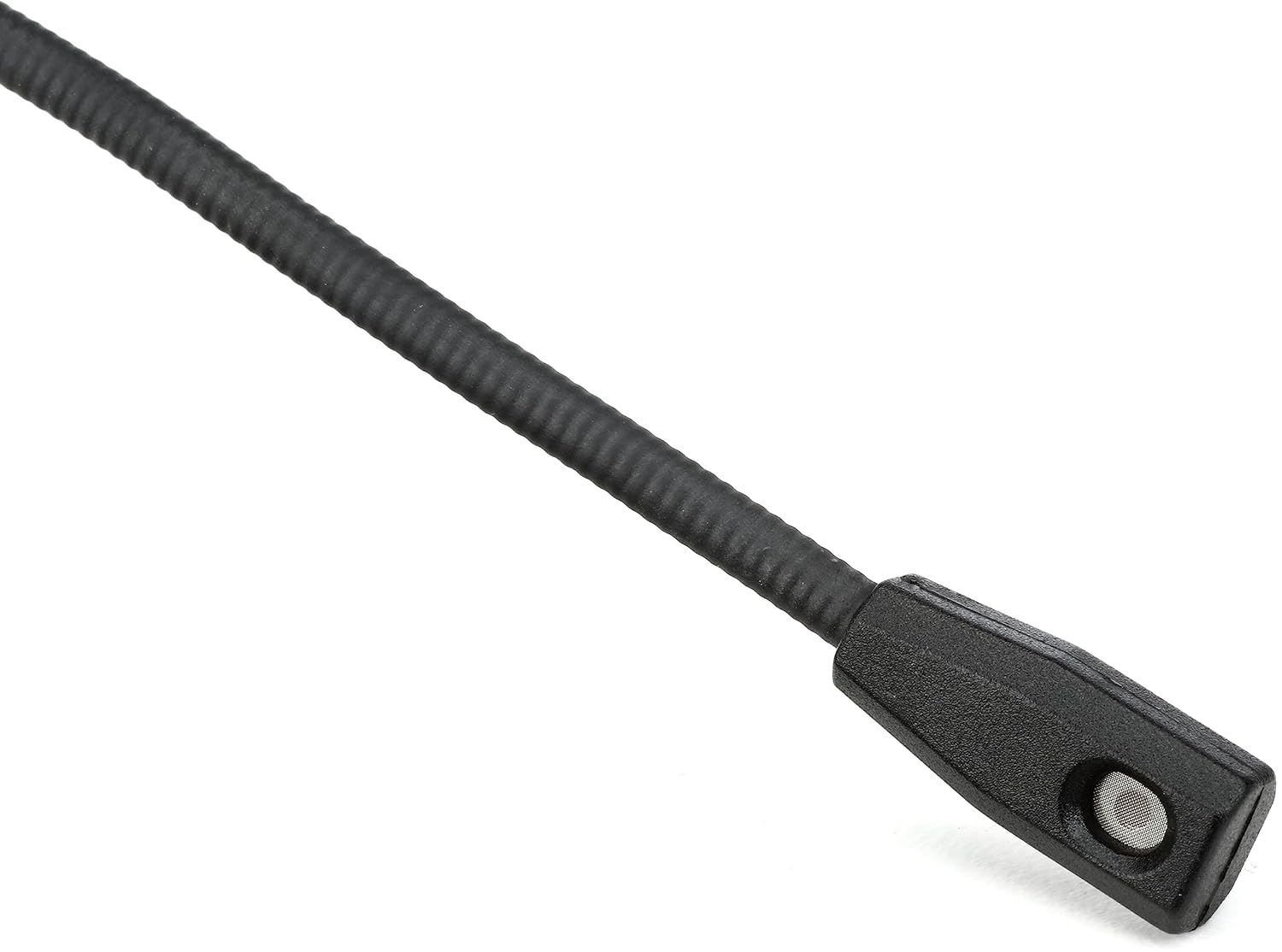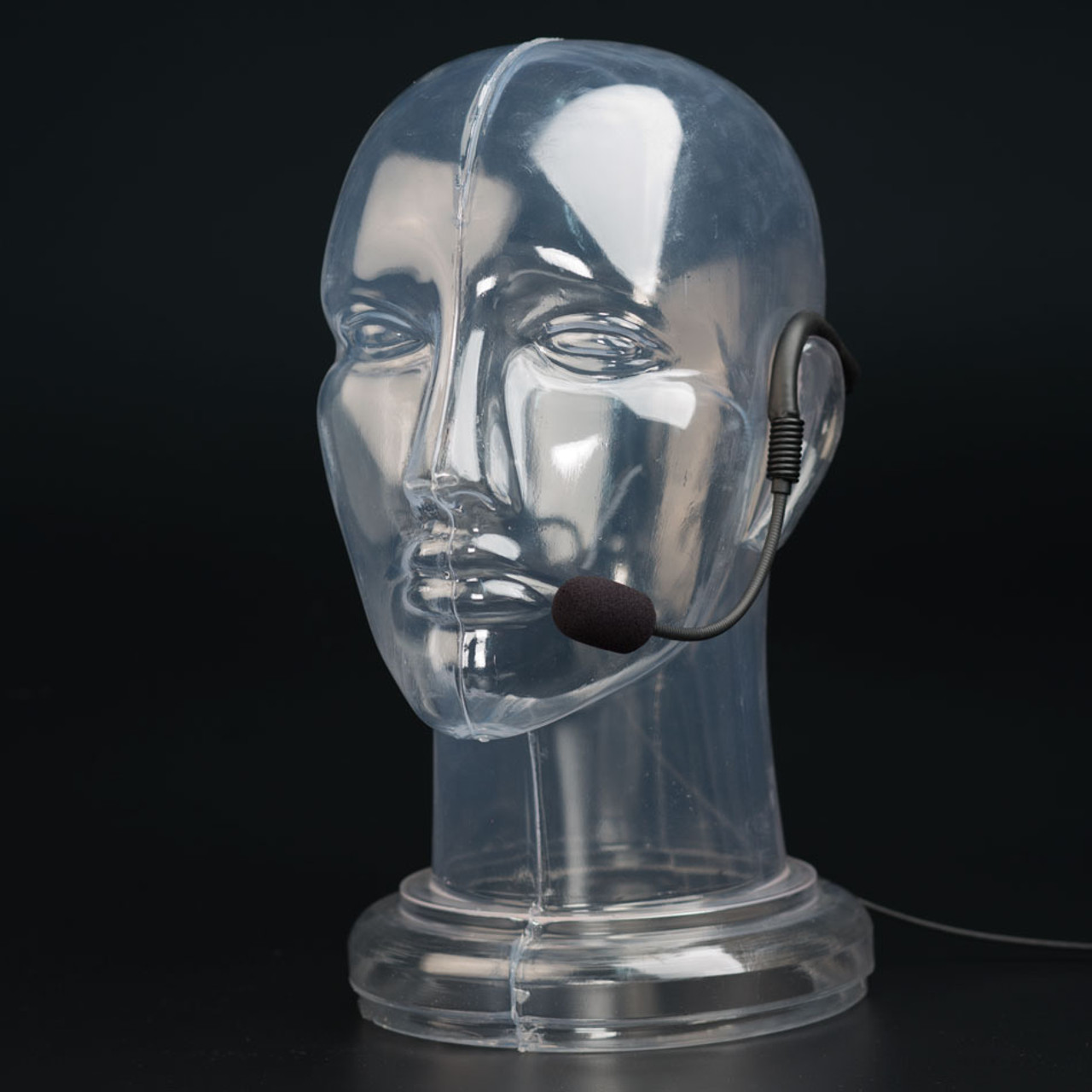Vragen? Betere prijs gezien?
Bel 0512 - 340457 of neem contact op!
Product omschrijving
HT2
Heavy-duty headworn vocal microphone for live sound
The HT2 is a professional pre-polarized headworn condenser microphone for stage, presentation and broadcast applications. The HT2 is known for its excellent sonic characteristics, low profile, comfort and sound isolation from other instruments on stage.
The HT2 is primarily designed for use with Audix wireless systems. The HT2 may also be used as a wired microphone. Simply order the APS911 phantom power adapter for use with a standard microphone cable.
Characterized with a uniformly controlled supercardioid polar pattern, the HT2 is designed to capture vocals from a comfortable distance of 2”-3” off of the corner of the mouth. With a tailored frequency range of 50 Hz - 15 kHz, the HT2 will handle very high sound pressure levels of ≥140 dB without distortion.
The HT2 is easy to position, lightweight and manufactured with high standards and tight tolerances. Roadworthy construction includes a rubber coated metal frame, a high performance 5 mm capsule, black finish and a 3’ high quality cable terminating in a space saving mini 3-pin XLRf connector.
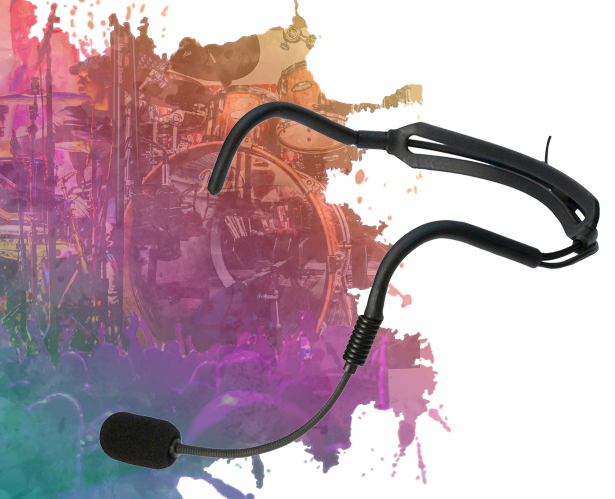
FEATURES
- Hands free, headworn vocal microphone
- Excellent for live sound vocals
- Adjustable and durable
- 3 year warranty
APPLICATIONS
- Lead or backing vocals
- Speech
- Presentation
SUPPLIED ACCESSORIES
- 3’ captive mic cable with mini XLRf connector
- WSHT2 - External foam windscreen for reducing wind, sibilance and pop noise
OPTIONAL ACCESSORIES
- APS911 - Optional phantom power adapter for use with electret condenser microphones. Runs on AA batteries when phantom power is not available. Features on/off switch and bass roll-off filter
SPECIFICATIONS
Transducer Type: Pre-Polarized Condenser
Frequency Response: 50 Hz - 15 kHz
Polar Pattern: Supercardioid
Output Impedance: 250 ohms balanced
Sensitivity: 4 mV / Pa @ 1k
Equivalent Noise Level: 26 dB (A-weighted)
Signal to Noise Ratio: 68 dB
Maximum SPL: ≥140 dB
Power Requirements: 5 - 52 V phantom
Connector: 3-pin or 4-pin XLRf
Polarity: Positive pressure on diaphragm produces positive voltage on pin 2 relative to pin 3 of output XLR connector
Materials / Finish: Flexible Steel Alloy / Black
Weight: 68 g / 2.4 oz
Length: 176 mm / 6.9 in
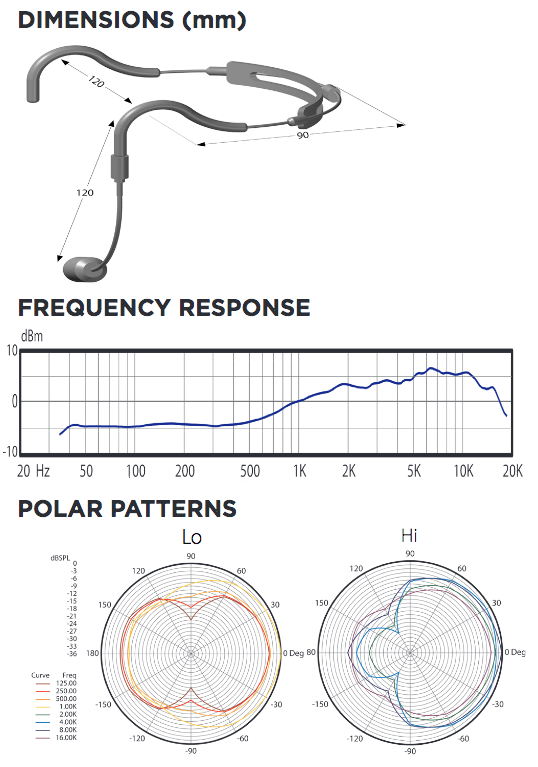
OPERATION AND MAINTENANCE
The HT2 is a low impedance microphone designed for use with the Audix wireless bodypack. The HT2 may be used with other brands of wireless bodypacks, however, the connector and wiring will most likely have to be modified in order to match the specs of the system being used.
Using the HT2 as a wired mic: The HT2 can be used as a wired microphone with the addition of the APS911 phantom power adapter. The HT2 will not operate without phantom power voltage (minimum of 5 volts) which is available on most professional mic preamps and mixing devices. If phantom power is not available on your equipment, you may use the APS911 in the ‘battery powered’ mode. Avoid plugging or unplugging the microphone from a PA system unless the channel is muted or the volume of the system is turned down. Failure to do so may result in a loud ‘popping’ noise which could seriously damage the speakers in the PA system.
The HT2 is manufactured to exacting specs with roadworthy construction. However, the capsule is highly sensitive and should be handled with care. Avoid extreme temperatures and be sure to store your microphone in the pouch provided when not in use. Moisture of any kind can adversely affect the sound and performance of your microphone.
USER TIPS
The HT2 is designed so that the headband is worn around the back of the head with the curved ear pieces resting around both ears. The dual ear system keeps the headset stable once it is in the desired position. The microphone is at the very end of the flexible boom and should be positioned on the user’s left side of the cheek just off the corner of the mouth. The headset may be adjusted to fit by either loosening or tightening the rubber strap that is attached in the middle of the headband.
For optimum sound and performance, DO NOT place the microphone directly in front of the mouth as the pickup pattern of the mic is intended to pick up sound from off-axis.
Further miking techniques may be found at www.audixusa.com.

 Product is toegevoegd aan uw winkelwagen
Product is toegevoegd aan uw winkelwagen